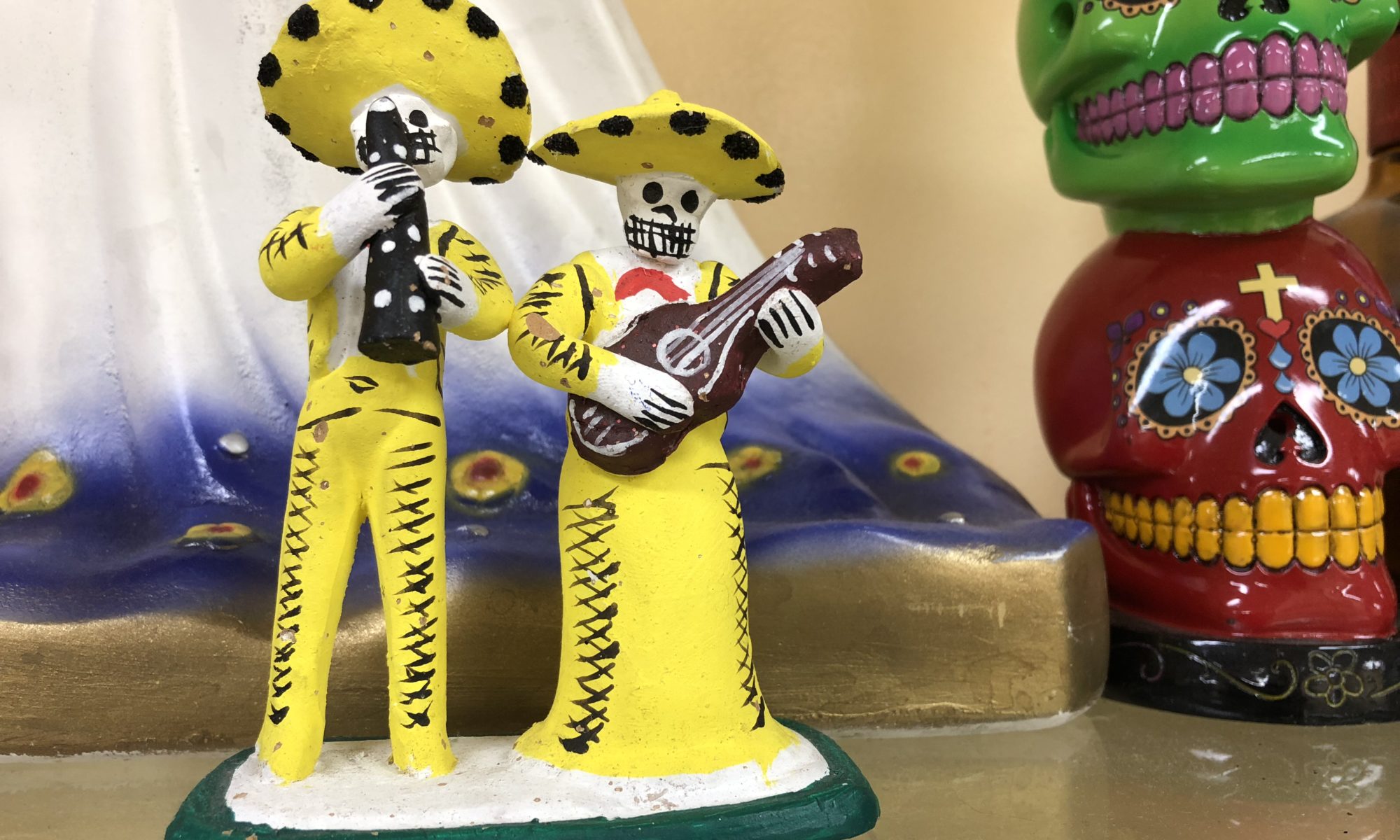Mind vs. Consciousness
Our mind is tangible and perpetually changing; it has two aspects: (i) our conscious mind: the aspect we’re aware of, evidenced by thoughts, and (ii) our sub-conscious mind, the aspect we’re not conscious of, evidenced by sensations and actions.
Our consciousness, on the other hand – is as different from our thoughts, as they are from our body! Our consciousness is the intangible, immutable awareness OF our thoughts; it’s the essence of what and who we are.
Conscious vs. Sub-Conscious Mind
Our conscious mind generates a perpetual stream of individual thoughts which are either analytical or observational, and which either elicit emotions or not.
We can’t stop our mind from thinking any more than we can stop our heart from beating – though seriously advanced Raja yogis can feign death!
Our conscious mind works like our heart and lungs: generating single, consecutive, hopefully constant beats, breaths and thoughts. One of the side-benefits of meditation is that after awhile, the three systems tend to synchronize, eliciting a sense of deep inner calm.
Our sub-conscious mind contrarily, simultaneously processes countless bits of information received from our environment, and issues countless commands in response. Our sub-conscious mind also stores our memories, the source of our emotions, which color our thoughts and precipitate our actions.
Under stress our most pressing fears and desires (energetic manifestations of memories) percolate up into our conscious mind via sensations and images and we become aware of otherwise sub-conscious concerns.
Obviously, the two aspects of our mind function very differently:
- in short, one we hear, the other we don’t;
- one communicates bluntly using words, the other communicates subtly using sensations and imagery; and
- one makes decisions; the other affects our decision-making, and precipitates our actions.
They both play equally critical roles in our survival: effectively, our sub-conscious mind runs the ship, and our conscious mind acts as the ship’s rudder!
Meditation vs. Concentration
Concentration may involve focusing our attention externally, for example on our actions, an object or a mantra; concentration teaches us how to control our conscious mind; specifically, to distinguish between the two aspects of our mind, and distinguish between analytical and observational thoughts.
Meditation focuses our attention internally; it teaches us to hold our conscious mind in benign, compassionate observation mode – to bear witness to the energy of our memories, fears and desires – exposing them – albeit indirectly through our open conscious mind – to the infinitely calm acceptance of our own essence: our consciousness.
Observation vs. Analysis
“Mindfulness” is synonymous with our conscious mind’s “observation” mode. It’s a passive mental state of witnessing without analysis or judgment – NOT evidenced by the voice in our head. To get a sense of the difference between analytical and mindful or observational conscious thought:
> If we’re making a decision, we’re engaging our conscious mind and thinking analytically; [i.e., we’re “in our head”; we’re not being “in the moment” or mindfully observant; we’re not being “mindful”]; however,
> If we’re silently, wondrously watching a Monarch butterfly land on a big, bright yellow sunflower, and the butterfly begins to slowly open and close its wings, and it strikes us that it seems to be sunning itself – our conscious mind is likely in observation (aka “open”, “pause”, “neutral”, “sleep”) mode: just witnessing (without analysis or judgment) whatever sensations and/or actions our sub-conscious mind is processing [i.e., we’re being “mindful” inasmuch as we’re wholly engrossed in what we’re sensing]; and
> If we’re so engrossed in a task that we sub-consciously tune out our other senses, (e.g., we don’t hear the phone ring!) – and we don’t hear the distracting voice in our head – it’s very likely that our conscious mind is simply observing our sub-conscious mind in action [i.e., we’re being “mindful” inasmuch as we are wholly engrossed in what we’re doing].
Walking the Dog
Walking the dog around mother-in-law’s hood
Want to practice mindfulness? The next time you’re walking the dog around your mother-in-law’s neighborhood (or whatever YOU happen to be doing), pay attention individually and sequentially to your five inbound senses: literally witness what your body is experiencing and doing (e.g., being aware of the temperature, wind, the sensation of each footfall).
Thich Nhat Hanh may have said it best: the real miracle isn’t walking on water, it’s simply putting one foot in front of the other!
God bless.




